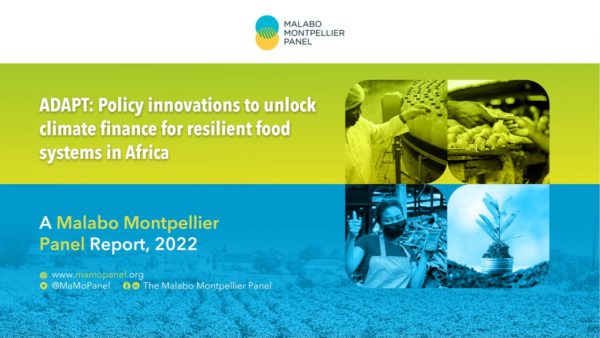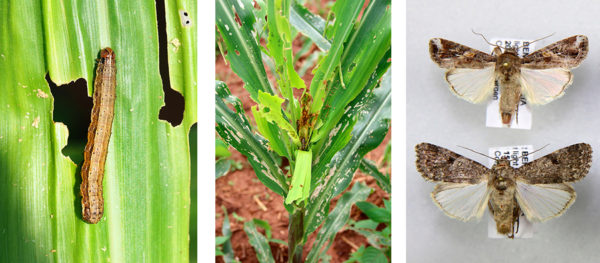Tag: zimbabwe

New Malabo Montpellier Panel Report: Climate-proofing Africa’s food systems needs new and reimagined financing models to meet $41.3 billion adaptation cost
Africa & Middle East: African governments will need to tap into all domestic and global sources of adaptation finance to meet a shortfall of more than $40 billion to climate-proof food systems, according to the Malabo Montpellier Panel.
Read More#FillTheGap! Empowering female agripreneurs in Zimbabwe
Africa & Middle East: Ruramiso Mashumba defied expectations by quickly growing her farming business in Zimbabwe, where women often work unpaid in agriculture.
Read MoreHow Fall Armyworm Can Be Beaten in Africa
Africa & Middle East: B.M. Prasanna, Director of the Global Maize Program at CIMMYT outlines the actions that must be urgently taken to protect African harvests from the plight of this pest.
Read More


